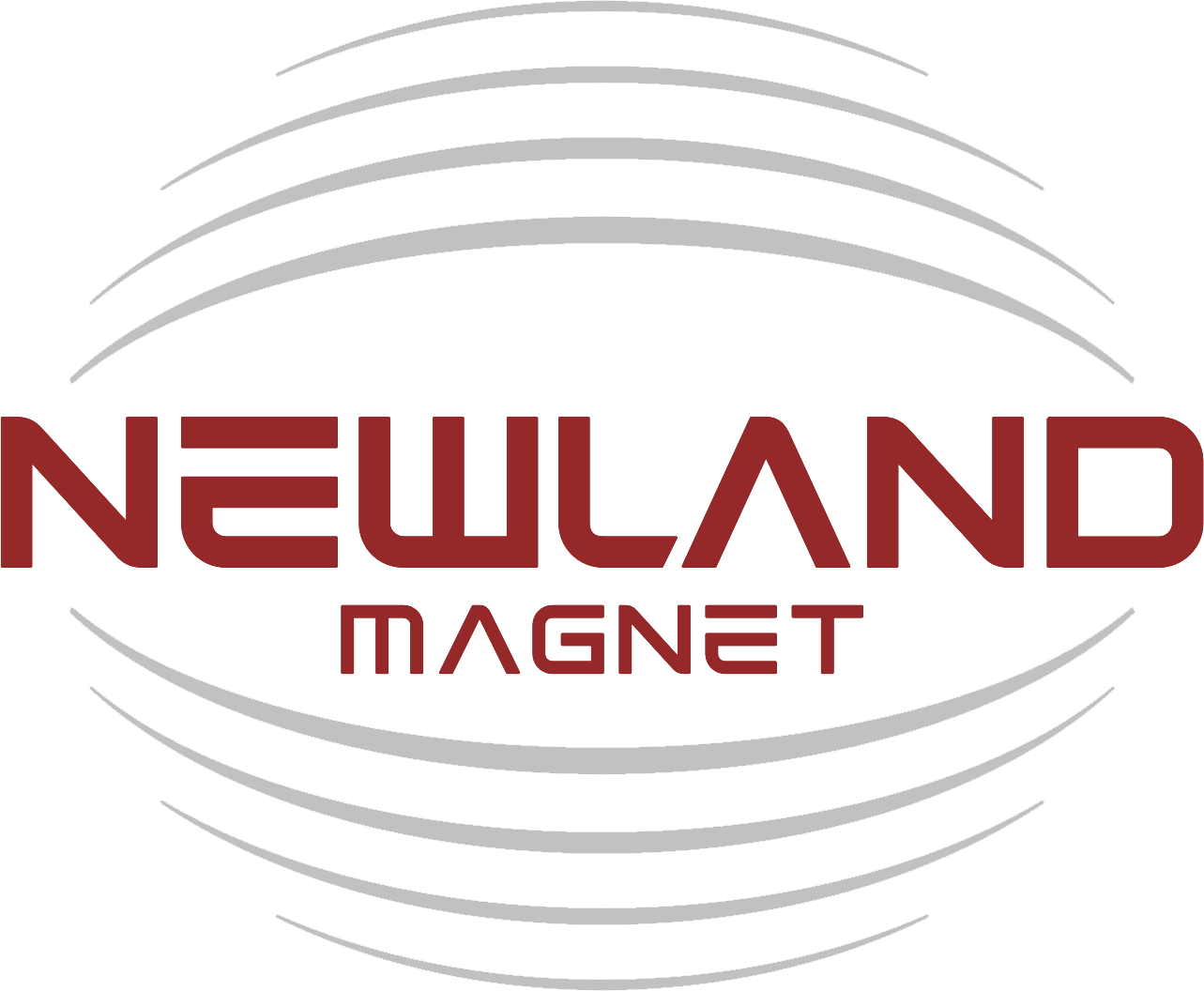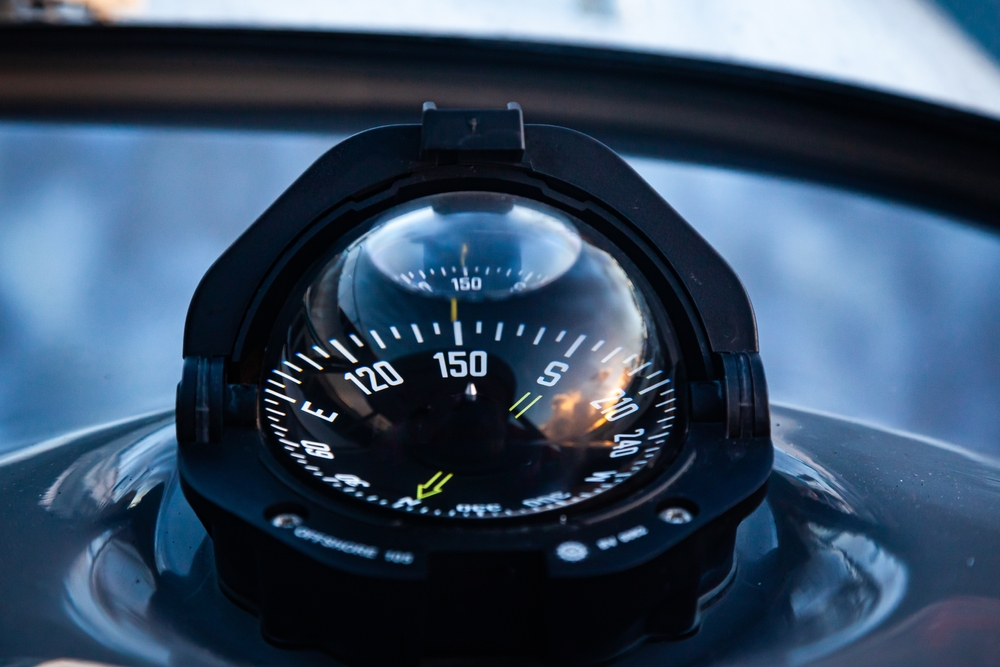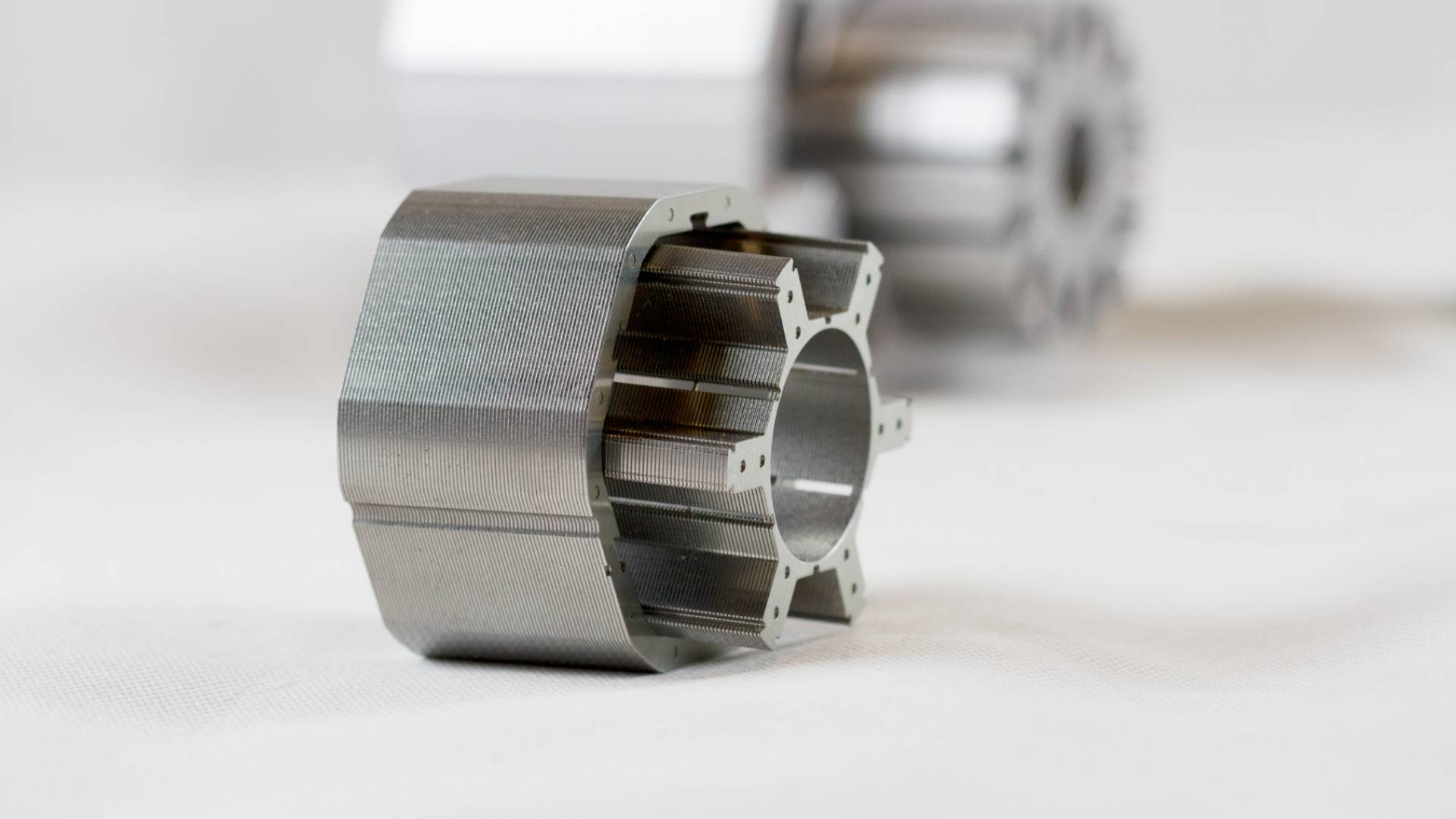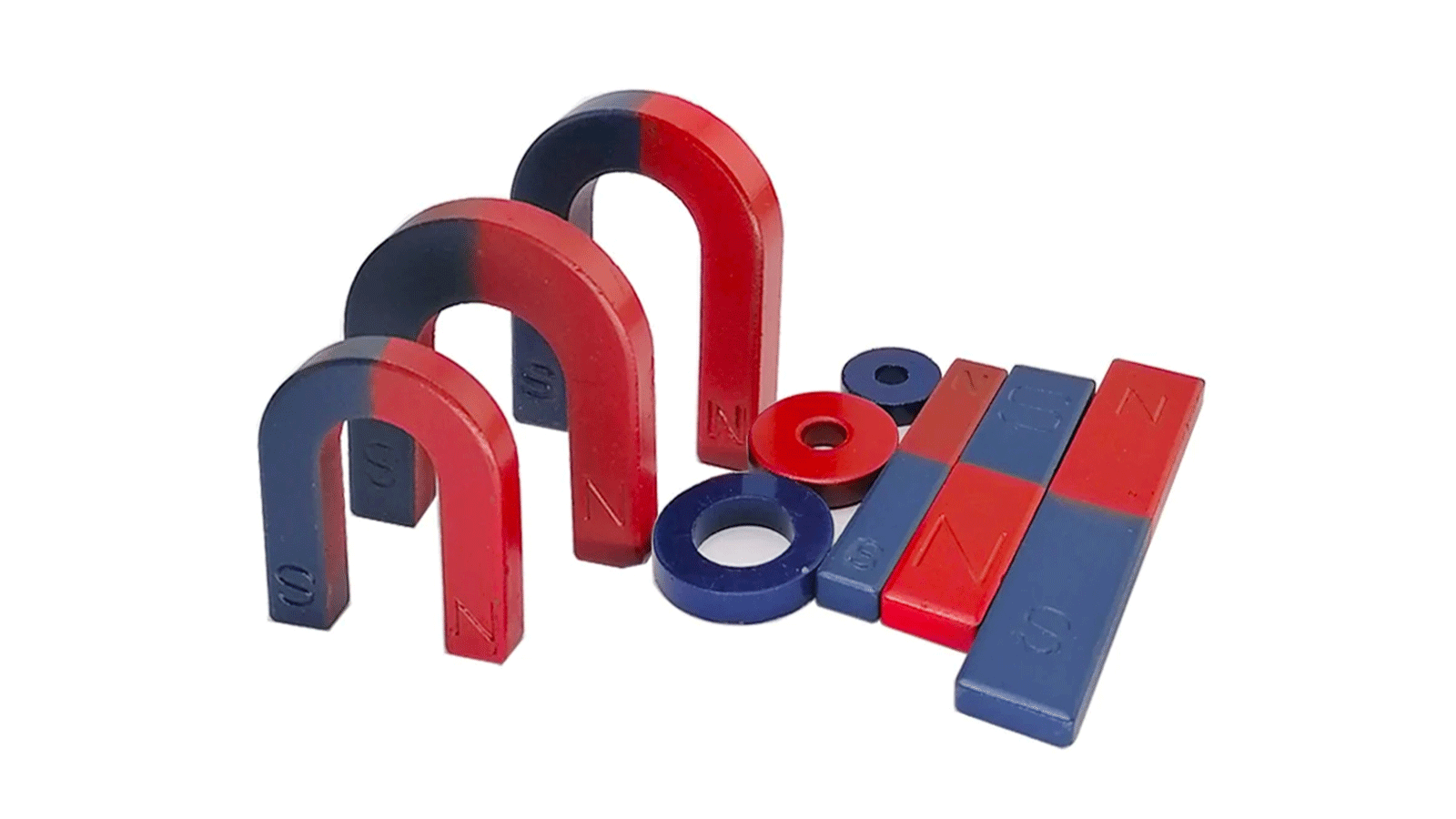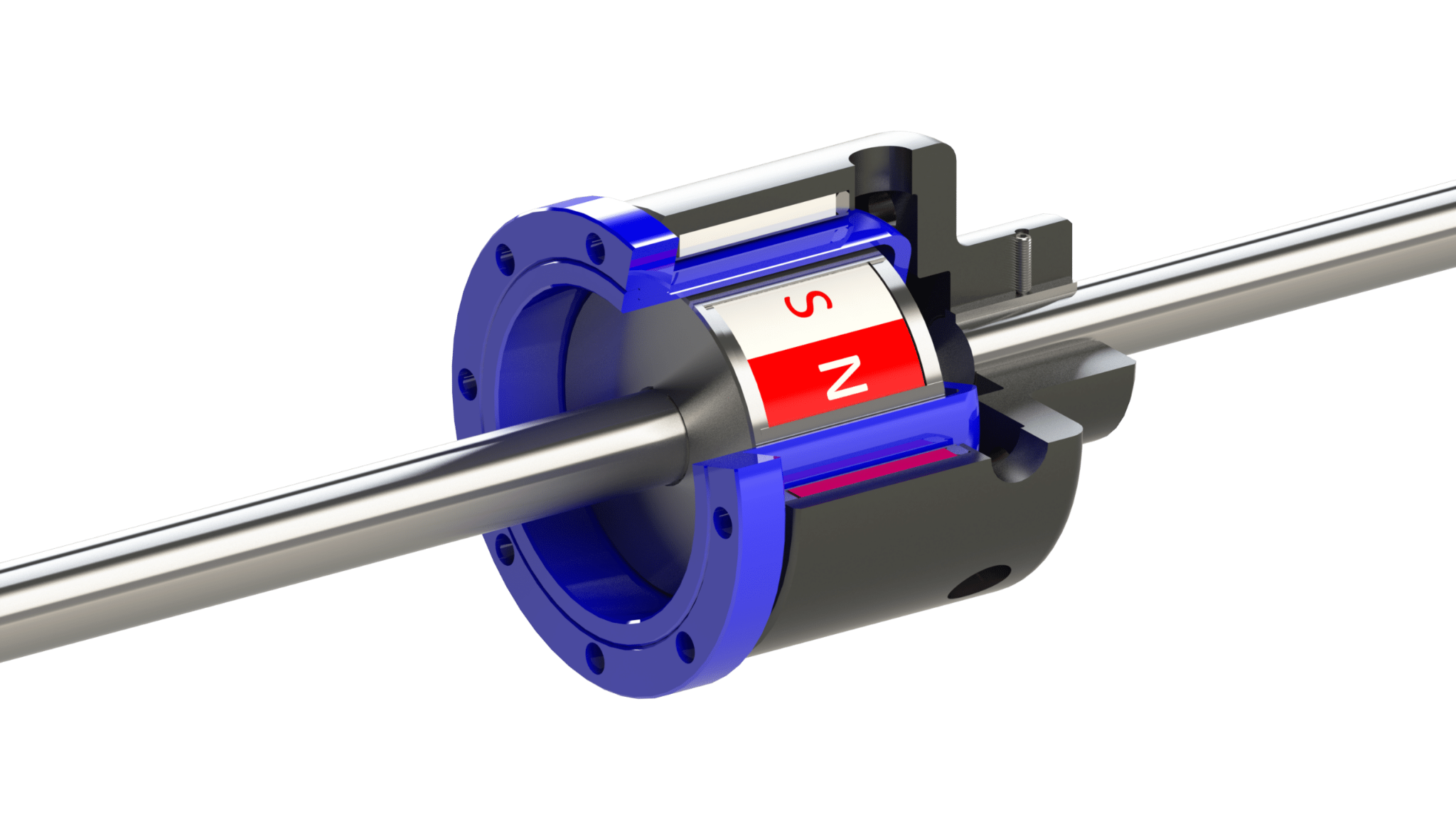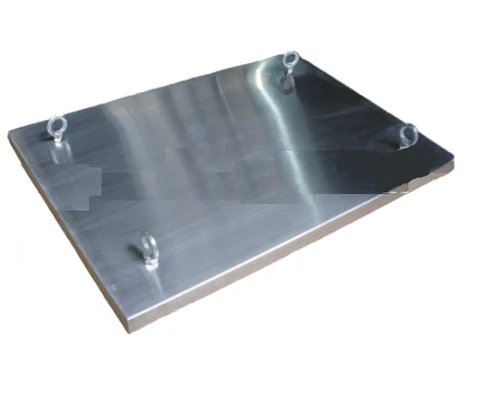How are neodymium magnets made?
Neodymium magnets are one of the strongest magnets available, made up of neodymium, iron, and boron. The grade of the magnets depend on the exact ingredients and ratios of each ingredient. Find out below how neodymium magnets are generally made to help you understand the manufacturing process.
Step 1 - The Mixture
The first step when manufacturing neodymium magnets is to chose the elements needed for the specific grade of magnet being manufactured. These elements are placed into a vacuum induction furnace, heated and then melted to form the alloy material for the magnet. The mixture is then cooled into blocks before it is ground into tiny grains in a mill. Each grain is tiny, typically only three microns in size.
Step 2 - Pressed into Shape
The super fine powder made up of the tiny grains is pressed into a mould and a magnetic energy is applied to the mould at the same time. The magnetisms come from a coil of wire around the mould and it acts like a magnet when a current is passed through it. When the mixture is pressed into the mould, the direction of magnetism becomes locked. An anisotropic magnet is when the particle structure of a magnet matches the direction of magnetism.
Step 3 - Sintering Process
Once this has been done, the magnetised material is demagnetised and will be re-magnetised later on. At this stage in the whole manufacturing process, the magnet material would actually be far too soft to be useful. Next, the material is heated until it is almost at melting point, in a process called sintering. This process makes the powdered magnet particles fuse together to become more solid.
Step 4 - Rapid Cooling
The heated material is then rapidly cooled using a technique called quenching. This process minimises the areas of poor magnetisation and maximises the performance. At this stage, we then machine the raw magnets into the desired shape using diamond plated cutting tools as the material is so hard.
Step 5 - Coating for Applications
Before the final step, the neodymium magnets need to be coated, cleaned, dried and plated. This is due to the magnets being so hard and prone to breaking and chipping. This process is vital. Neodymium magnets can be coated with various types of coating, but the most common type is a nickel-copper-nickel mixture. They can also be coated in other metals or even rubber.
Step 6 - Magnet is Produced
Once the magnet has been plated, the finished material is re-magnetised. This is done by placing the magnet inside a coil which produces a magnetic field when an electric current is passed through the coil. The magnetic field produced is three times stronger than the strength that is required by the magnet.
